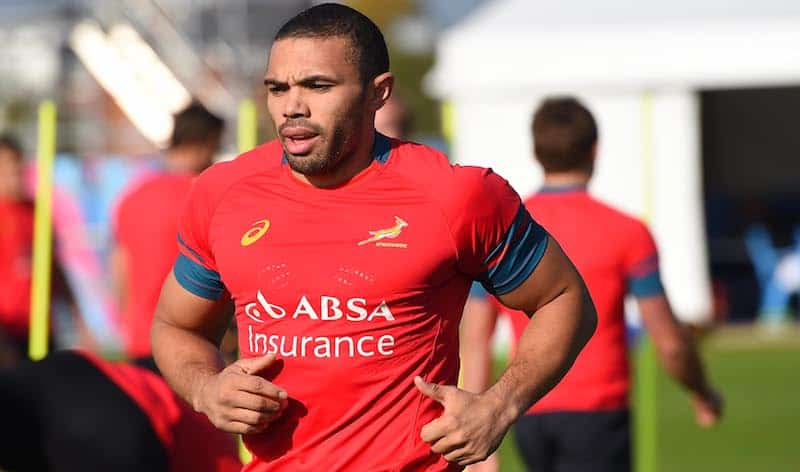7. Bryan Habana (South Africa)
A World Cup winner in 2007, he chalked up records quicker than he sprints past opponents, scoring ten tries in his first ten Tests and 15 in his first 20.
McGeechan wrote: “Equal record-holder with Lomu on number of RWC tries. Very powerful and if you get him to within 5m of the line, he probably scores more tries than anyone else.”

6. John Kirwan (New Zealand)
Kirwan is a celebrated New Zealand rugby union player and coach. Known for his remarkable try-scoring ability, he played as a wing for the All Blacks from 1984 to 1994. Post-retirement, he became a successful coach and mental health advocate.
McGeechan wrote: “Made such an impression at the first Rugby World Cup in 1987. He was one of the first big wingers but he could also score tries from 60m out. He maybe did not have a great sidestep but his running angles were superb.”
5. Jason Robinson (England)
Playing as a wing or fullback, the 2003 World Cup-winner won 51 rugby union international caps for England and is the first black man to captain the England team. Throughout his career Robinson was noted for his speed and acceleration, side-step and ability to beat defenders.
McGeechan wrote: “He made such an impact on the game when moving from rugby league. He had dazzling feet that meant he so often beat the first defender and, like most top wingers, you could play off him as well as him being such a devastating finisher.”

4. Jeff Wilson (New Zealand)
Wilson, nicknamed “Goldie,” is a former New Zealand rugby union player celebrated for his versatility as a wing and fullback. Playing for the All Blacks from 1993 to 2001, he earned 60 caps and was also an accomplished cricketer.
McGeechan wrote: “Just a brilliant rugby player with vision and skill. I really enjoyed watching him. He played international cricket too and it backs up my belief that so many of the best players play different sports.”